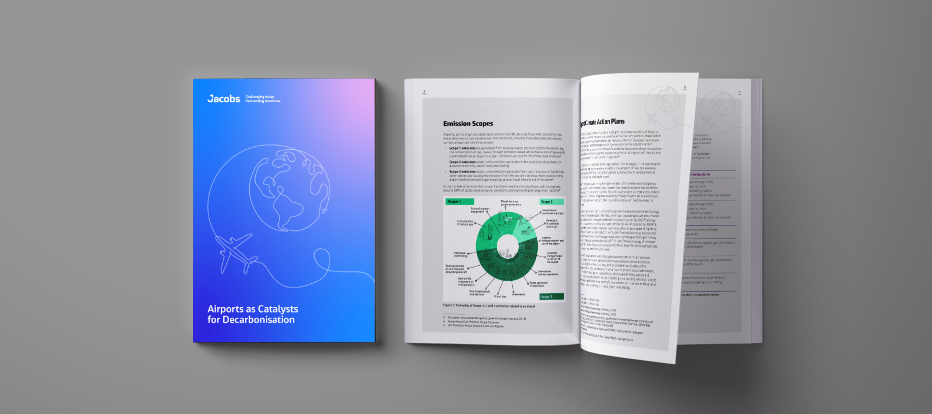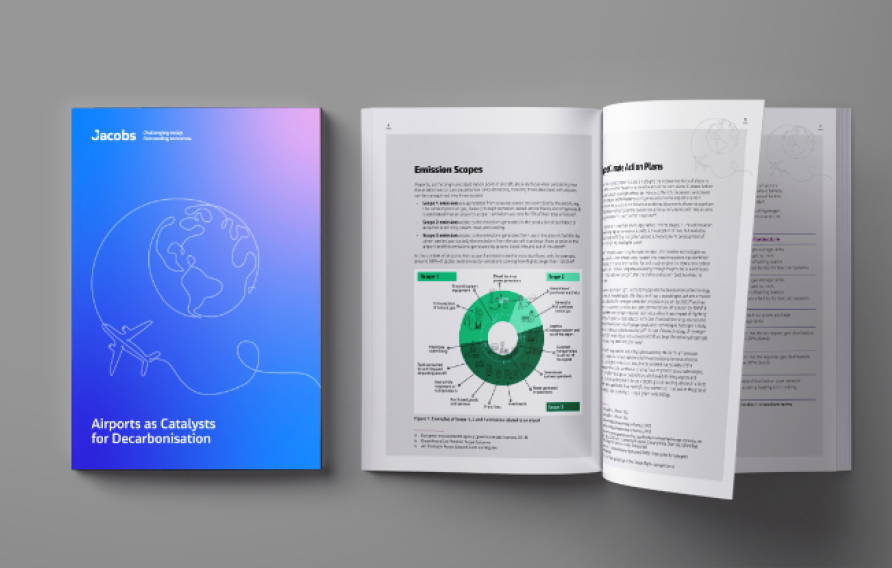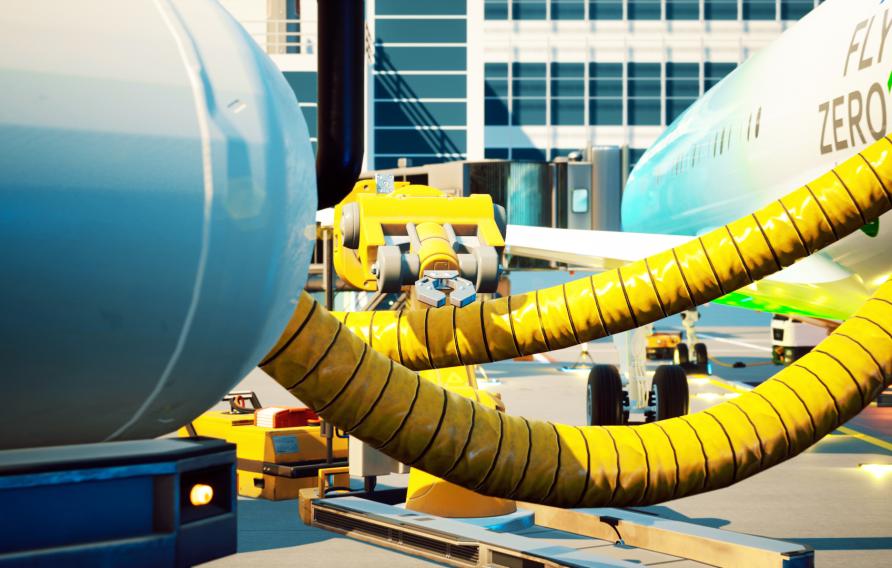







Sit down with our visionary team of thinkers, dreamers and doers to see what a day in the life is like.



A curated selection of some of the top-listened to and trending podcast episodes from our popular If/When podcast series, which has over 7M downloads to date.



Together with our visionary partner, PA Consulting, we're establishing our position in high end advisory services, creating a springboard to expand in high value offerings beyond the core.


At Jacobs, we're challenging today to reinvent tomorrow by solving the world's most critical problems for thriving cities, resilient environments, mission-critical outcomes, operational advancement, scientific discovery and cutting-edge manufacturing, turning abstract ideas into realities that transform the world for good. With approximately $16 billion in annual revenue and a talent force of more than 60,000, Jacobs provides a full spectrum of professional services including consulting, technical, scientific and project delivery for the government and private sector.



Jacobs. A world where you can.



As climate change threatens water security around the world, more communities are turning to water reuse as a resilient water supply solution and embracing the OneWater principle that all water has value. Jacobs has been supporting clients with water reuse programs for decades, beginning with the first applications of advanced wastewater treatment technologies in the 1960s. We provide our clients with a full range of services, from water reuse feasibility studies to design, construction and operations.



As our clients navigate the digital transformation and growing cyber risks, we have positioned ourselves at the forefront of this growth, adding digital capabilities, products and tools to serve a growing set of customers.



The only certainty about the future is uncertainty. Resilience is an attribute of a smarter planet, and requires planning and adapting ahead of potential threats. We help our clients survive, recover, adapt and thrive.



As a purpose-led company, we know we have a pivotal role to play in addressing the climate emergency. We consider this not only good business, but our duty to channel our technology-enabled expertise and capabilities toward benefitting people and the planet.



For more than 30 years, Jacobs has been responsible for planning and implementing Lead and Copper Rule-related strategies which protect millions of people in the U.S. and Canada. Our work includes enhanced water quality monitoring strategies, sampling plan development, harvested pipe-scale analysis, lead service line inventories and replacement plans, corrosion control studies and the incorporation of equity and environmental justice considerations into compliance programs.



Jacobs is working to help clients across the United States secure federal funding for projects that make our cities and communities more connected and sustainable. Working hand-in-hand with clients from coast to coast and everywhere in between, Jacobs develops bold, innovative solutions to address the nation’s toughest challenges.



Now more than ever, we appreciate the hard work, sacrifice and dedication of the medical profession in ensuring the health and safety of our communities.



Together, we are stronger. Together, we can transform the future.



We work in partnership, delivering some of the most challenging, diverse and innovative projects and programs globally across multiple sectors. We integrate complex interfaces across planning, procurement and delivery to help unlock better social, environmental and economic outcomes from mega and giga projects.



We’ve provided design-build services to the water sector for over 25 years and delivered more than 150 projects. We offer fully integrated design-build and design-build-operate capabilities to tackle the most complex water challenges and work in close collaboration with our clients.



Stories that capture our partnerships and innovative impact for a more connected, sustainable world



Airport owners and operators need to plan for the delivery and storage of hydrogen now if they are to be ready to fuel hydrogen-powered aircraft which are expected by 2035. New research by Jacobs, "Airports as Catalysts for Decarbonization", provides a roadmap for airports to implement to begin preparing for hydrogen fueling technologies, building on our work for the Aeronautical Technology Institute FlyZero Report, “Airports, Airlines and Airspace - Operations and Hydrogen Infrastructure”.
Due to the length of time it takes to plan, design, consult and implement new airport infrastructure, airports must make provisions ahead of the first commercially available hydrogen-powered aircraft expected in the early to mid-2030s.
To help airports transition, Jacobs evaluated three scenarios for the supply and storage of hydrogen at an airport:
Scenario 1 - the delivery of liquid hydrogen directly to the airport by truck.
Scenario 2 - the use of a hydrogen gas pipeline with on-site liquefaction.
Scenario 3 - the use of electrolysis for hydrogen production on site at the airport.
Report: Airports as Catalysts for Decarbonization

New Jacobs research provides airports with a roadmap for the future of hydrogen plane fueling.

Andrew Gibson has over 30 years of experience in the design, construction and planning of airport infrastructure both as a client and a consultant, undertaking projects in the U.K., Europe, India, Latin America and Africa.

How Jacobs is turning the world’s airports into a destination - from feasibility studies to transformative programs – we’re delivering the future of aviation.

Jacobs delivered industry-leading advisory services to FlyZero, the U.K. study into zero-carbon emission commercial air travel, in its vision for a new generation of aircraft powered by hydrogen.

Drawing insights from healthcare, retail, transportation and smart cities, Jacobs Joseph Butler spoke about the opportunities that are reframing the future of the aviation industry at the Australian Airports Association (AAA) Virtual National Conference.


Jacobs sets out ambitious new climate commitments in its updated Climate Action Plan in celebration of Earth Day 2022.